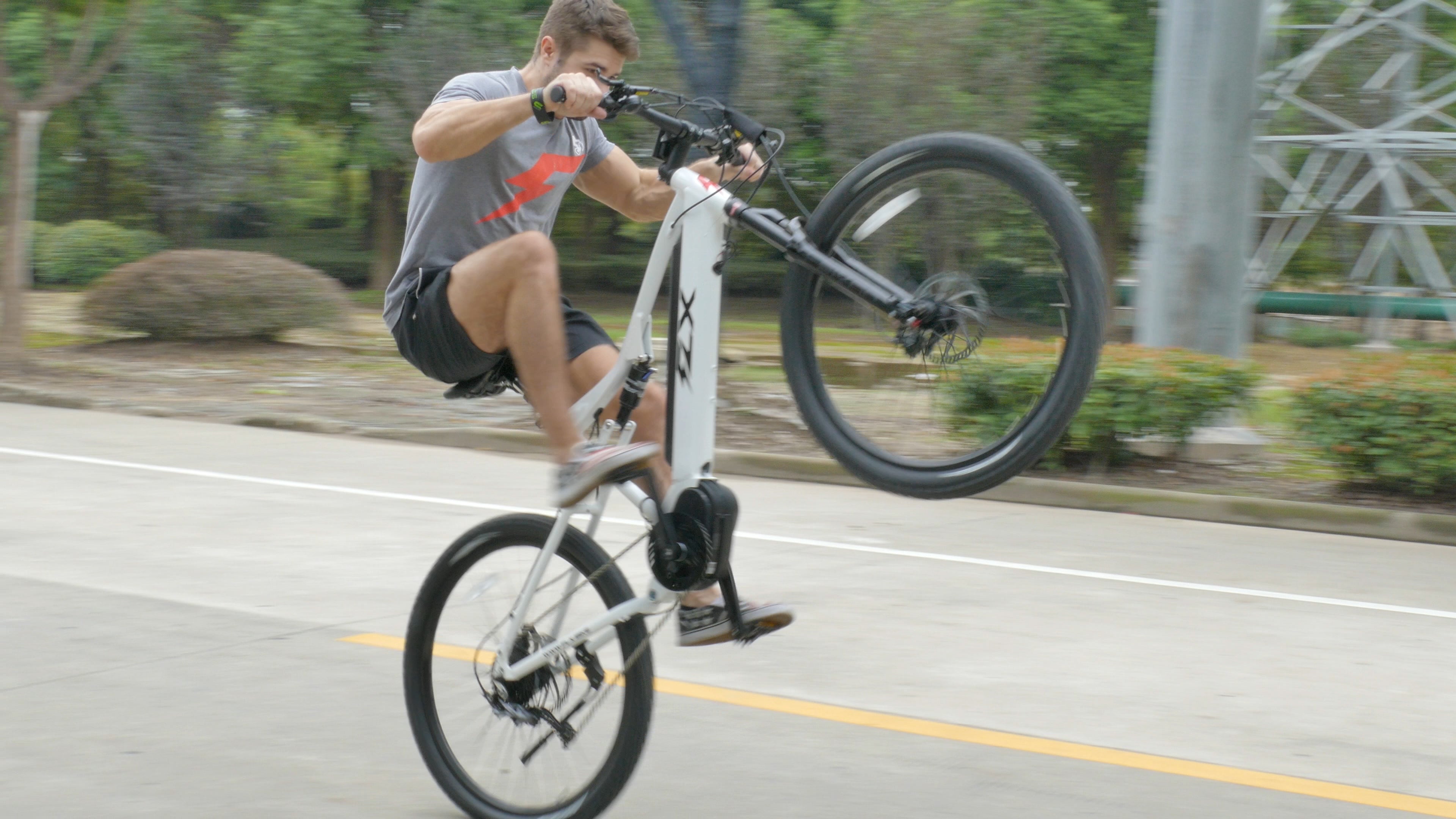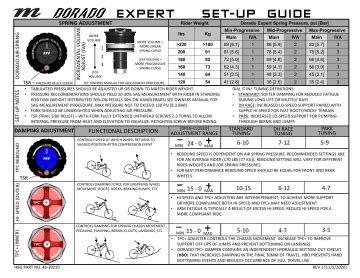Performing wheelies in urban areas has become a popular trend among cyclists and motorcyclists alike, with many enthusiasts seeking to showcase their skills and thrill-seeking nature. However, this practice often raises concerns regarding safety and legality. For those who enjoy the thrill of riding on one wheel, understanding the risks and taking steps to avoid tickets is crucial.
Understanding the Risks
First and foremost, it’s essential to acknowledge the inherent dangers of performing wheelies, especially in city environments. These areas are congested with pedestrians, cars, and other obstacles that can significantly increase the risk of accidents. Moreover, the act of riding on one wheel reduces control over the vehicle, making it more challenging to react to unexpected situations. This combination of reduced control and increased obstacles heightens the risk of collisions, which can lead to severe injuries or even fatalities.
Legal Implications
Beyond the safety concerns, performing wheelies in city areas can also have legal repercussions. Many jurisdictions consider reckless or dangerous driving, which can include performing stunts like wheelies, as punishable offenses. These offenses can result in fines, license suspension, or even arrest, depending on the severity of the incident and local laws. Furthermore, if a wheelie results in an accident, the rider could face more severe charges, including negligence or reckless endangerment.
Avoiding Tickets
For those who still wish to enjoy the thrill of wheelies without the legal consequences, several strategies can be employed:
Choose Safe Locations: Opt for less congested areas or designated bike parks where performing wheelies is allowed and safer. Ensure that the location is free from obstacles and provides enough space to maneuver.
Understand Local Laws: Familiarize yourself with local cycling laws and regulations. Some cities have specific rules against performing stunts on public roads. Knowing what is and isn’t allowed can help you avoid unwanted interactions with law enforcement.
Improve Your Skills: The better your control over the bike, the less likely you are to attract unwanted attention. Practice in safe, controlled environments to improve your wheelie skills. This will not only make you a more competent rider but also reduce the risk of accidents.
Be Aware of Your Surroundings: Always be mindful of your environment. Keep an eye out for pedestrians, cars, and road conditions that could pose a hazard. Anticipating potential dangers can help you avoid them.
Respect Traffic Laws: Even when performing wheelies, adhere to basic traffic laws. This includes stopping at red lights, yielding to pedestrians, and following speed limits. Demonstrating respect for traffic regulations can reduce the likelihood of being pulled over.
Community and Safety
The cycling community plays a significant role in promoting safe and responsible riding practices. Many clubs and groups offer training and workshops on advanced cycling skills, including how to perform wheelies safely. Engaging with these communities can provide riders with the knowledge and skills needed to enjoy their hobby while minimizing risks.
Conclusion
While performing wheelies in city areas can be exhilarating, it’s crucial for riders to understand the potential risks and legal consequences. By choosing safe locations, adhering to local laws, improving riding skills, being mindful of surroundings, and respecting traffic laws, enthusiasts can enjoy the thrill of wheelies while avoiding tickets and ensuring their safety and the safety of others.
What are the safest locations to practice performing wheelies?
+The safest locations to practice performing wheelies are typically less congested areas or designated bike parks. These locations provide enough space to maneuver and are free from obstacles, reducing the risk of accidents.
How can I improve my wheelie skills safely?
+Improving your wheelie skills safely involves practicing in controlled environments, such as empty parking lots or bike parks, and gradually increasing the difficulty level as your skills improve. It's also beneficial to learn from experienced riders or take part in workshops that focus on advanced cycling skills.
What are the potential legal consequences of performing wheelies in city areas?
+The potential legal consequences of performing wheelies in city areas can include fines, license suspension, or arrest, depending on the severity of the incident and local laws. If a wheelie results in an accident, the rider could face more severe charges, including negligence or reckless endangerment.
In the realm of cycling and motorcycling, the allure of performing wheelies is undeniable, but it’s a practice that requires caution, respect for the law, and a deep understanding of the risks involved. By embracing safe practices and legal awareness, enthusiasts can enjoy the thrill of wheelies while contributing to a safer and more responsible community of riders.



